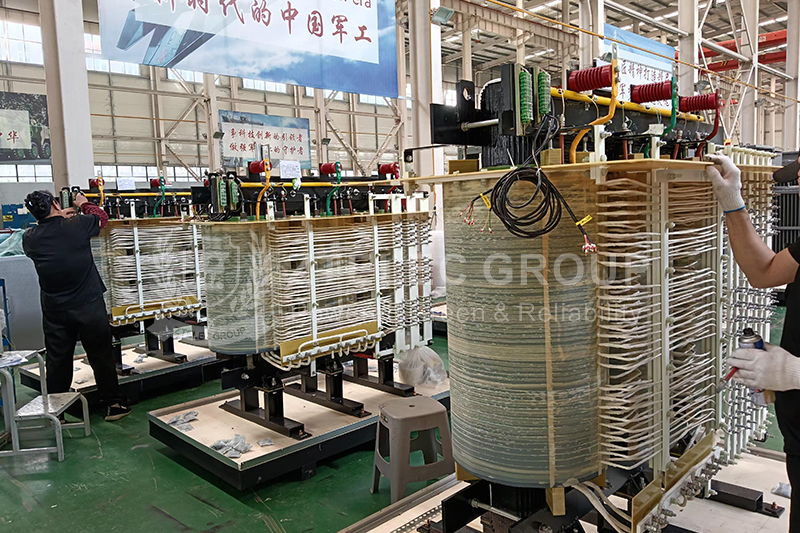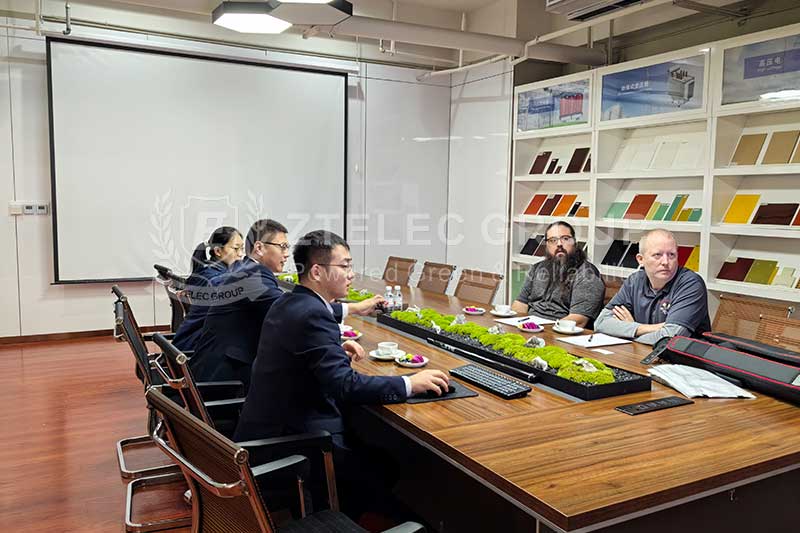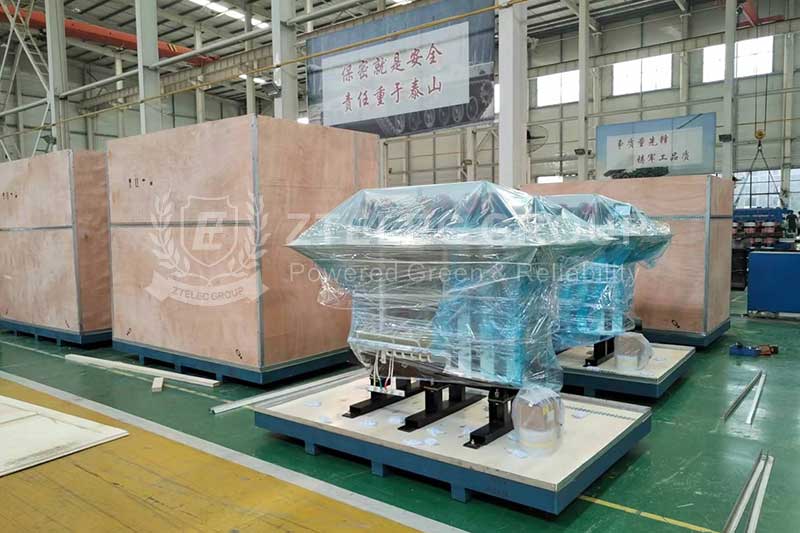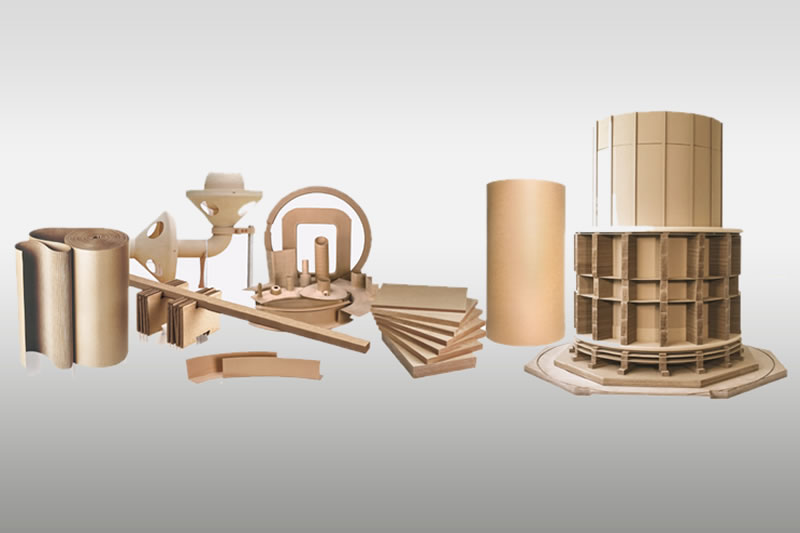Analysis of Energy-Saving and Noise Control Technologies for 10kV Oil-Immersed Transformers
10kV oil-immersed transformers play a crucial role in the power distribution network. Their energy efficiency and noise performance directly influence the overall reliability, economic operation, and environmental sustainability of power systems. As global awareness of energy conservation and environmental protection increases, the demand for low-loss and low-noise transformers continues to grow. This article presents an in-depth analysis of the latest energy-saving and noise control technologies used in 10kV oil-immersed transformers, providing insight into how modern innovations improve both efficiency and environmental compatibility.
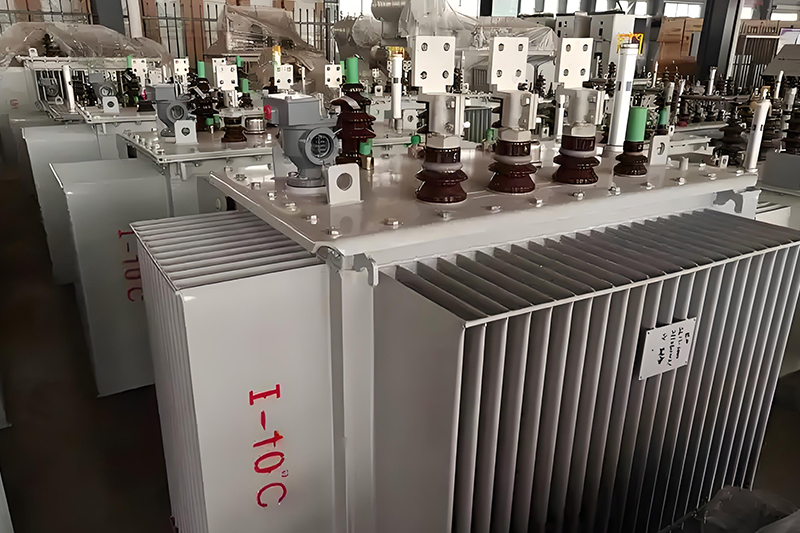
Energy-Saving Technologies for 10kV Oil-Immersed Transformers
1. High-Performance Silicon Steel Laminations
Transformer core losses mainly arise from hysteresis and eddy current losses. Utilizing high-performance, low-loss silicon steel sheets such as B30P105, B27P090, or amorphous alloy materials can drastically lower no-load losses. Amorphous alloy transformers, for instance, can reduce iron losses by 60–80% compared to traditional silicon steel models, significantly improving energy efficiency and lowering operating costs.
2. Optimized Core and Winding Structure
Advanced designs like step-lap cores minimize magnetic resistance and no-load current by reducing air gaps in the magnetic circuit. Wound core technology ensures continuous magnetic flux paths, eliminating joints and achieving uniform flux distribution to further reduce losses and noise. In addition, optimizing winding layouts using transposed or composite conductors helps lower eddy current losses and enhances magnetic balance across the transformer.
3. Environmentally Friendly Transformer Oil
Replacing conventional mineral oil with biodegradable ester-based insulating oils (natural or synthetic) improves both performance and environmental impact. These oils feature high flash points for better fire safety, superior thermal conductivity for efficient heat dissipation, and excellent biodegradability that meets modern eco-standards, enabling safer and greener transformer operation.
4. Intelligent Monitoring and Control Systems
Integrating on-load tap changers helps stabilize output voltage and reduce energy losses due to voltage fluctuations. Meanwhile, intelligent online monitoring systems track vital parameters such as oil temperature, load ratio, and winding hotspots in real time. Data-driven analysis ensures transformers operate within optimal efficiency ranges, minimizing underload or overload conditions and contributing to long-term energy savings.
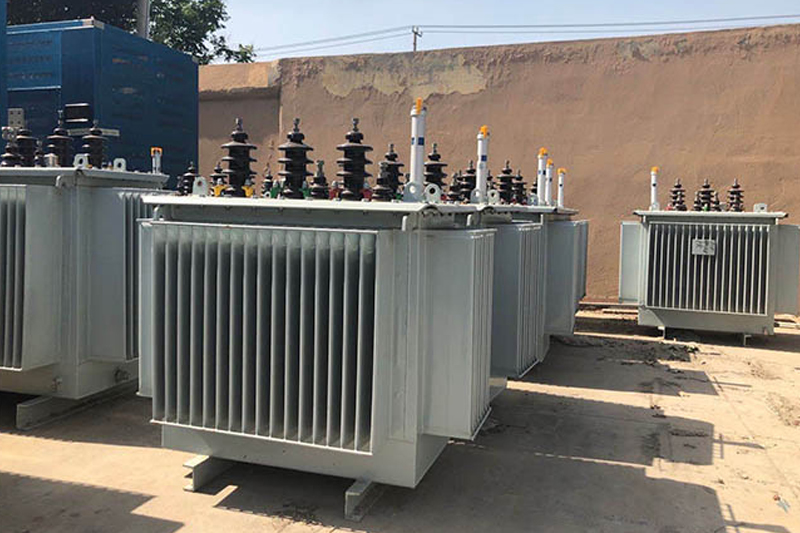
Noise Control Technologies for 10kV Oil-Immersed Transformers
Transformer noise primarily originates from core magnetostriction, electromagnetic forces in windings, and vibrations within the cooling system. To address these challenges, manufacturers employ multiple advanced strategies that focus on noise reduction at the source, blocking transmission paths, and controlling cooling system noise.
1. Reducing Source Noise
Magnetostriction causes periodic core expansion and contraction, generating mechanical vibration and noise. Using premium silicon steel with low magnetostriction and applying precise step-lap lamination techniques can effectively reduce magnetic distortion. Improved core clamping enhances structural rigidity, minimizing vibration propagation. Additionally, pre-compressed winding structures maintain tight mechanical integrity under long-term operation, reducing vibration caused by electromagnetic forces. Reinforced fuel tank designs and the use of internal sound-absorbing materials further suppress structural resonance and noise radiation.
2. Blocking Noise Transmission Paths
Installing high-efficiency vibration dampers—such as rubber or spring isolators—between the transformer body and its foundation significantly reduces structure-borne noise. For installations near noise-sensitive environments like residential zones, hospitals, or schools, acoustic enclosures with integrated sound-absorbing materials and ventilation silencers can achieve 10–20 dB noise reduction, meeting strict environmental regulations.
3. Cooling System Noise Control
Selecting large-diameter, low-speed fans with aerodynamic blades minimizes airflow noise. Intelligent fan control systems further reduce acoustic output by activating cooling only when oil temperature or load conditions require it. During light-load or standby periods, fan operation decreases, directly lowering overall noise emissions.
Modern 10kV oil-immersed transformers have achieved remarkable progress in both energy efficiency and noise suppression. Through the application of low-loss magnetic materials, optimized core-winding design, eco-friendly insulating oils, and intelligent monitoring systems, manufacturers are producing transformers that are quieter, more efficient, and more environmentally sustainable. These advancements contribute to reliable power distribution while supporting the global transition toward green and intelligent energy systems.
- more+releated article
- 2025-12-13How to Select and Use Phenolic Cloth-base Lami
- 2025-12-13How Much Does Bakelite Sheet Cost? 2025 Price
- 2025-12-13Why are most 3240 epoxy boards yellow?
- 2025-12-13What are the Main Applications of FR4 Epoxy Bo
- 2025-12-13Why Does the Price of Insulating Paperboard Va
- 2025-12-13Heat-Resistant DDP Insulation Paper
- 2025-12-13Comparison of Heat-Resistant DDP Insulating Pa
- 2025-12-13G10 and FR4 Epoxy Boards: Commonly Used for Ge
- 2025-12-13The Price of Heat-Resistant DDP Insulation Pap
- 2025-12-13How to Choose Epoxy Laminate Materials for Gen

